Danielle Smith and her UCP want voters to believe that Alberta’s latest emissions reduction plan makes the province a global leader in fighting climate change. The record shows exactly the opposite.
But to know this, voters must navigate the UCP’s master class in statistical cherry picking. For example, the plan reports that Alberta’s total emissions fell from 281 million tonnes in 2015 to 256 million tonnes in 2021. That’s true. But the government hides from the reader many other relevant emissions statistics and comparisons from the last several decades. The unreported facts are damning.
Alberta’s true emissions record
The year 2005 is the international benchmark used to assess climate change actions, so let’s measure from there.
Alberta’s new plan doesn’t share the fact that the province’s percentage of Canada’s emissions increased significantly between 2005 and 2021 — from 32 per cent to 38 per cent.
Nor does it admit that during that time Alberta’s emissions rose by 20.2 million tonnes. Manitoba was the only other province to record an emissions increase over this period — of just one million tonnes. Emissions fell in all other provinces.
And yet the UCP plan preposterously claims that “Alberta is leading emissions reduction among many jurisdictions in Canada today.” To glimpse Alberta’s true emissions standing among the provinces, this chart from the federal government offers a better lens on reality.
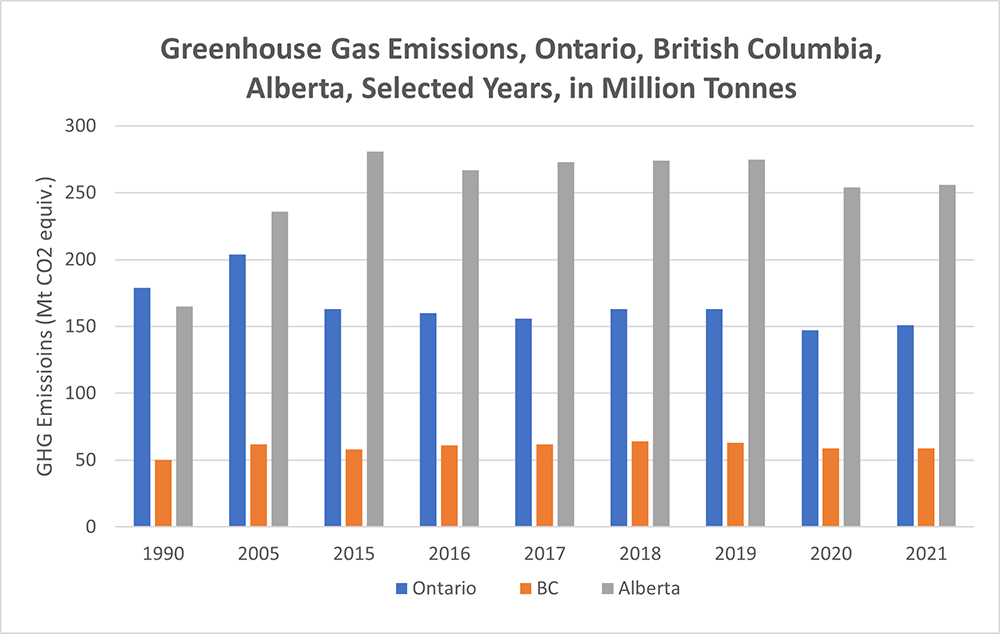
The UCP plan, if it offered an honest accounting, would also credit Rachel Notley’s NDP government for the few declines in absolute emissions Alberta recorded between 2015 and 2021. Notley’s policies, particularly on methane and coal-fired electricity, generated real reductions in emissions.
Alberta reduced methane emissions impressively between 2014 and 2021 — by 44 per cent according to government estimates. After Notley’s 2015 Climate Leadership Panel recommended a strategy to reduce methane emissions, her government committed to a 45 per cent methane reduction from 2014 levels by 2025.
So when today’s UCP plan congratulates Alberta for being “the first sub-national government in North America to set a methane emissions reduction target” the reader should realize that this target was not a Conservative idea.
Even more impressive absolute reductions characterize the electricity sector’s greenhouse gas profile. Electricity generation produced 22.5 million tonnes of greenhouse gases in 2021. This is less than half of what the sector sent skyward in 2015. Credit, mostly, the NDP government’s decision to shutter Alberta’s coal-fired electricity plants.
And not without howling opposition. In 2015 conservative political parties opposed then-premier Notley’s coal phase out. One conservative MLA called it “rash, ideologically driven” and “irresponsible.” You wouldn’t then expect a future UCP environment minister to call the coal phase out one of Alberta’s “incredible achievements” in addressing climate change. But that’s exactly what Minister Sonya Savage did in the UCP emissions reduction plan.
Carbon capture dreams
Technology, particularly carbon capture and sequestration, has been at the top of conservative dance cards for as long as they have skittered around climate change. Fifteen years ago, former premier Ed Stelmach put carbon capture and storage front and centre in Alberta’s 2008 Climate Change Strategy. And his government seemed to go all-in.
Stelmach created a public-private partnership to craft a plan to implement, not study, carbon capture on a provincewide scale. The unproven technology was supposed to deliver 70 per cent of the emission reductions called for by the province’s overall strategy. To start Alberta on that path Stelmach committed $745 million over 15 years to Shell Canada’s Quest carbon capture project.
Carbon capture was going to do more than just reduce the emissions intensity of fossil fuel production. It would be the key to reducing Alberta’s 2050 greenhouse gas emissions tonnage to 14 per cent below its 2005 level. That supposition may be the only time an Alberta government said it aspired to emit fewer greenhouse gases in the future than it had emitted in 2005.
Stelmach’s plan also offered interim and final targets. By 2020, carbon capture was projected to prevent 50 million tonnes of greenhouse gases from entering the atmosphere; by 2050 it supposedly would prevent 139 million tonnes in emissions.
So how did that go?
As Alberta’s auditor general noted, the strategy was doomed from the get-go because the province rejected key components — carbon taxes and requiring all new industrial facilities to incorporate carbon capture and storage by 2015.
Result? The 2008 strategy may have pledged a drop of 50 million tonnes by 2020 but the true number, for Alberta’s two large-scale carbon capture projects, was a paltry 2.3 million tonnes.
One takeaway might be that only the foolish believe climate aims based on blue sky aspirations, so voter beware. After all, the chart below shows what such aspirations have achieved so far — record oilsands emissions in 2021.
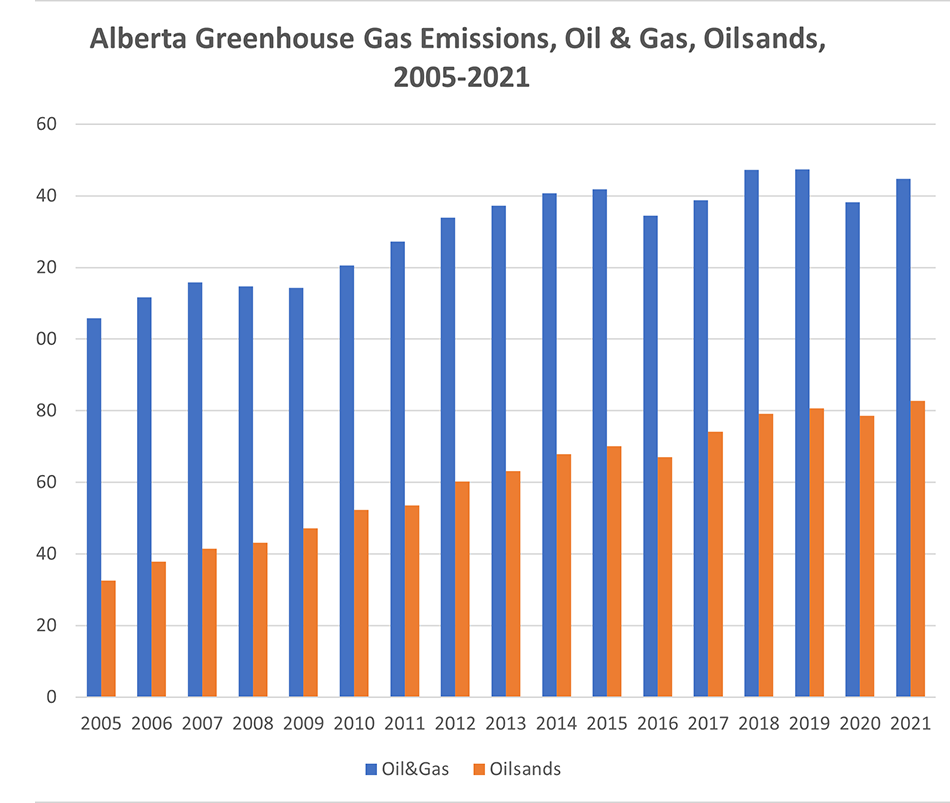
So let’s look closely at today’s UCP promise of a carbon neutral economy by 2050 where every tonne of greenhouse gases Alberta emits is balanced with a tonne removed.
The first thing to notice is the plan fails to set interim emissions reductions targets and accountability measures because, in the minister’s words, we don’t know what’s “achievable” or what’s “practical.” In other words: no accountability, no guarantees.
Then, as if we still live in 2008, the UCP tells us whether net zero by 2050 is achievable and practical depends on carbon capture. The UCP plan claims that Alberta is “taking action” to facilitate carbon capture investments and flies in the face of meager results so far by claiming the province is “a global leader in the design, construction and operation of carbon capture, utilization and storage.”
Who came up with the plan’s carbon capture targets in the plan? Not the UCP, but industry. The Pathways Alliance, the same oilsands producers who emit at record levels, is in “early-stage work” to build an oilsands carbon capture network. Price tag: $16.5 billion. For which the network promises annual reductions in net carbon dioxide emissions of 10 to 12 million tonnes by 2030. Such reductions would leave the oilsands industry approximately 70 million tonnes short of its own net zero by 2050 ambitions.
How will the difference be made up? “Stay tuned” — that’s the UCP’s answer to questions about the specific policies Alberta needs to deliver emissions reductions through carbon capture and storage. In other words, the UCP emissions reduction plan is very much a plan to develop a plan.
The UCP plan doesn’t propose to have a public discussion of how carbon capture costs should be shared between taxpayers and industry. But, as lobbyist registries suggest, such discussion is taking place privately, between oilsands producers and governments. Given more than 50 years of government support and subsidies for oilsands producers Canadian taxpayers should brace themselves for a carbon capture policy package that asks them once again to substantially subsidize oilsands producers.
This year the Intergovernmental Panel on Climate Change told us what we do to address climate change in the next seven years “will have impacts now and for thousands of years.” But the plan Premier Danielle Smith and her party are flogging on the campaign trail is almost certainly nothing but a mirage shimmering on the distant horizon.
After all, for a politician campaigning in 2023, promising make-believe solutions by 2050 poses no immediate risk to their own electoral prospects. Unless, that is, citizens demand concrete details, review the math, and choose their leaders accordingly. ![]()
Read more: Politics, Alberta, Environment




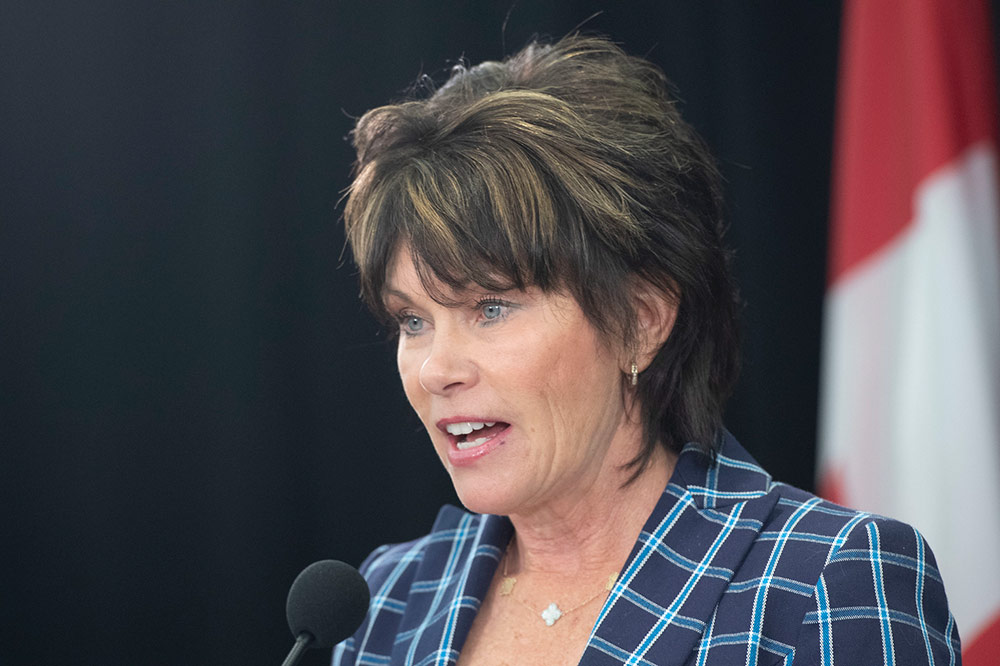
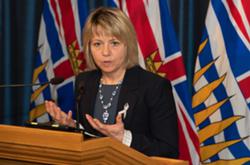
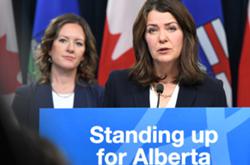
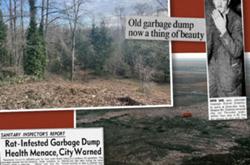
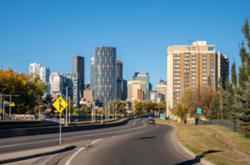








Tyee Commenting Guidelines
Comments that violate guidelines risk being deleted, and violations may result in a temporary or permanent user ban. Maintain the spirit of good conversation to stay in the discussion and be patient with moderators. Comments are reviewed regularly but not in real time.
Do:
Do not: